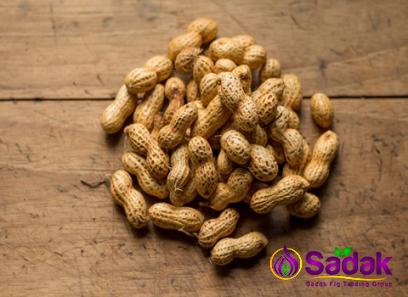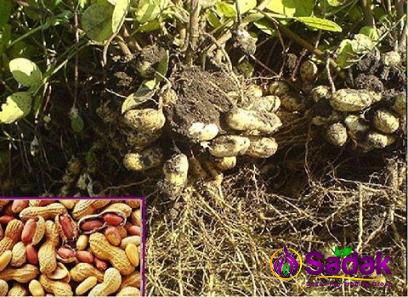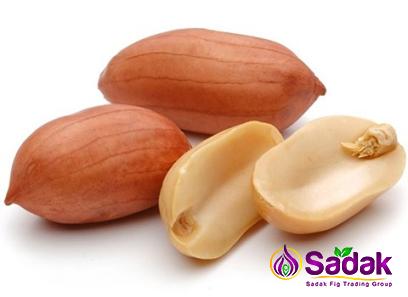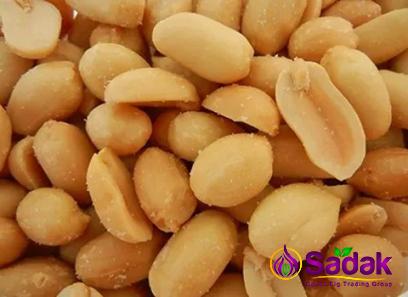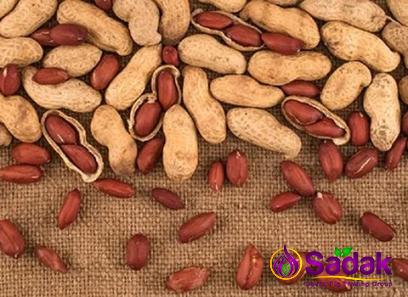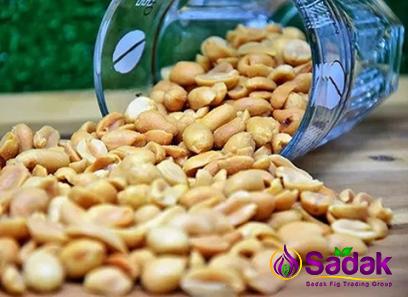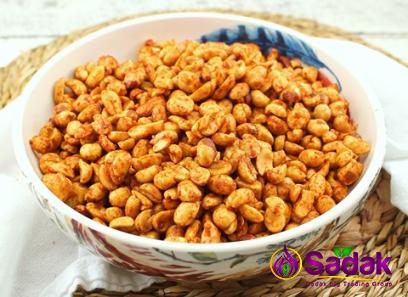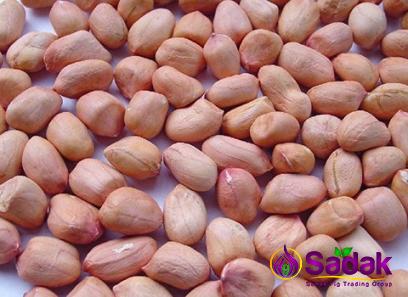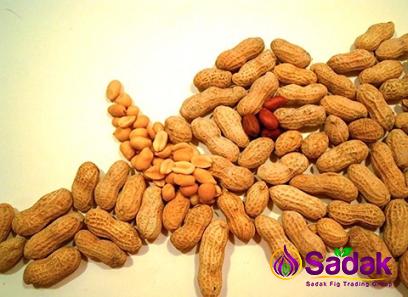Almonds are nutrient-rich tree nuts that are consumed around the world for their rich flavor, versatility, and numerous health benefits. In this article, we will explore the different types of almonds, their characteristics, and their various uses.
1. Almond Tree Species:
Almonds are derived from the trees of the Prunus genus, which belong to the Rosaceae family. The two main species of almonds are Prunus dulcis (sweet almond) and Prunus dulcis var. amara (bitter almond). Sweet almonds are the commercially cultivated variety, accounting for the majority of almond production.
2. Types of Almonds:
There are several types of almonds, each with unique characteristics. The most commonly grown types include:
a. Nonpareil: Nonpareil almonds are renowned for their smooth, buttery texture and mild, sweet flavor. They have a soft shell and are the preferred variety for raw consumption or gourmet uses.
b. California Mission: California Mission almonds are small in size and have a slightly wrinkled appearance. They offer a strong, robust flavor and are often used in baking and cooking applications.
c. Carmel: Carmel almonds are medium-sized with a curved shape and a slightly rough exterior. They have a rich, sweet flavor and are frequently used in confectionery and snack production.
d. Butte: Butte almonds are elongated and narrow with a smooth, soft shell. They have a sweet and delicate taste, making them ideal for snacking or inclusion in recipes.
e. Padre: Padre almonds are larger in size with a slightly wrinkled appearance. They have a strong, bold flavor and are commonly used in cooking and baking.
3. Characteristics of Almonds:
Almonds possess several distinctive characteristics that make them unique among other nuts:

a. Nutrient Profile: Almonds are packed with essential nutrients, including heart-healthy monounsaturated fats, protein, fiber, vitamin E, manganese, and magnesium. They are also low in carbohydrates and naturally cholesterol-free.
b. Texture and Flavor: Almonds have a firm yet crunchy texture and a delicate, slightly sweet flavor. The different types of almonds have varying degrees of sweetness, allowing for diverse culinary applications.
c. Shell: The outer shell of almonds is hard and woody, protecting the inner seed known as the almond kernel. The shell needs to be cracked to access the nutritious kernel within.
d. Inner Kernel: The kernel is the edible part of the almond, and it is typically the focus of culinary and commercial utilization. Almond kernels are light beige in color and have a smooth surface.
4. Uses of Almonds:
Almonds have a wide range of applications across various industries and cuisines. Some common uses include:
a. Culinary Purposes: Almonds are a popular ingredient in both sweet and savory dishes. They are often used in baking, confectionery, granola bars, trail mixes, and salads. Ground almonds (almond meal) are used to make marzipan, gluten-free flour, and almond milk.
b. Snacks and Trail Mixes: Almonds are frequently enjoyed as a standalone snack due to their rich taste and nutritional value. They are also a common ingredient in trail mixes, providing a healthy and satisfying option for on-the-go snacking.
c. Almond-Based Products: Almond oil is extracted from almonds and is widely used in cooking, skincare, and hair care products. Almond butter, almond flour, almond extract, and almond milk are other popular almond-based products available in the market.
d. Almond Milk: Almond milk is a non-dairy alternative to traditional cow’s milk and is derived from ground almonds mixed with water. It has gained popularity among individuals with lactose intolerance or those following a vegan diet.
e. Almond Oil: Almond oil is a versatile oil commonly used for cooking, baking, and salad dressings. It is also known for its nourishing and moisturizing properties, making it a popular ingredient in skincare and hair care products.
Conclusion:
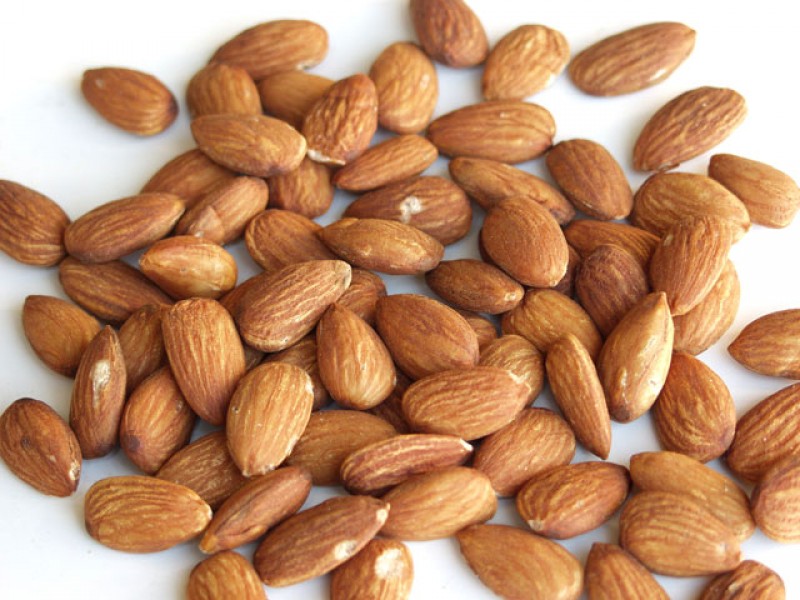
Almonds are a versatile fruit type with a variety of types, unique characteristics, and uses. From the highly prized Nonpareil almonds to the robust California Mission and the sweet Carmel, there is a type of almond to suit every taste and purpose. Whether eaten as a snack, added to dishes, or used in the production of almond-based products, almonds offer a nutritious and flavorful addition to a wide range of culinary creations. So, next time you reach for a handful of almonds, appreciate the diverse world of this beloved fruit and savor the wholesome benefits it provides.Title: Understanding the Almond Fruit: Types, Characteristics, and Uses
Introduction:
Almonds are nutrient-rich tree nuts that are consumed around the world for their rich flavor, versatility, and numerous health benefits. In this article, we will explore the different types of almonds, their characteristics, and their various uses. Additionally, we will delve into the business aspects of almond production and explore the market demand, commercial cultivation, and global trade of the almond fruit.
1. The Almond Industry:
a. Market Demand: The global demand for almonds has been steadily increasing due to their nutritional value and versatile applications. Almonds are highly sought after by consumers who are shifting towards healthier snack options and plant-based alternatives, driving market demand.
b. Commercial Cultivation: Almond trees require specific growing conditions, including a Mediterranean climate with mild, wet winters and hot, dry summers. California, USA, is the largest almond-producing region globally, followed by countries like Spain, Australia, and Iran. Commercial cultivation involves selecting the appropriate almond varieties, managing orchards, and implementing sustainable farming practices.
c. Global Trade: Almonds are a significant agricultural commodity, with international trade playing a crucial role in the industry. California is the dominant player in almond exports, accounting for approximately 80% of the global almond trade. The United States exports almonds to various countries, including China, India, and European nations.
2. Health Benefits of Almonds:
a. Nutritional Value: Almonds are a nutrient-dense food and are considered an excellent source of healthy fats, protein, and fiber. They also contain vitamin E, calcium, magnesium, and antioxidants, which contribute to various health benefits.
b. Heart Health: Regular consumption of almonds has been associated with a reduced risk of heart disease. The high content of monounsaturated fats, fiber, and antioxidants in almonds helps lower LDL cholesterol levels, improve blood lipid profiles, and promote cardiovascular health.
c. Weight Management: Almonds are a satisfying and nutrient-rich snack, making them beneficial for weight management. Their protein and fiber content helps promote feelings of fullness, aiding in portion control and reducing overall calorie intake.
d. Blood Sugar Regulation: Almonds have a low glycemic index, meaning they cause a gradual rise in blood sugar levels. This makes them a suitable snack option for individuals with diabetes or those seeking to regulate blood sugar levels.

e. Bone Health: Almonds are a good source of calcium, magnesium, and phosphorus, all of which are essential for maintaining strong and healthy bones. Regular consumption of almonds may contribute to bone health and help prevent conditions like osteoporosis.
3. Almonds in the Food Industry:
a. Baked Goods: Almonds are widely used in the baking industry. They are often incorporated into cakes, cookies, bread, and pastries, adding texture, flavor, and nutritional value to a variety of baked goods.
b. Confectionery: Almonds are a popular ingredient in confectionery products, such as chocolate bars, truffles, and pralines. They provide a delightful crunch, rich taste, and complement the sweetness of chocolate and other confectionery coatings.
c. Snack Foods: The natural crunch and flavor of almonds make them an ideal ingredient in snack foods. Almonds can be roasted, salted, or flavored, and they feature prominently in trail mixes, granola bars, nut butter spreads, and roasted nut assortments.
d. Dairy Alternatives: Almond milk is a widely consumed dairy milk alternative for those who are lactose intolerant or follow a plant-based diet. It is used in beverages, cereal, smoothies, and as a substitute in cooking and baking recipes.
4. Almond-based Products:
a. Almond Oil: Almond oil is extracted from almond kernels and has various applications in the food, cosmetic, and pharmaceutical industries. It is used as a culinary oil, salad dressing ingredient, and flavoring agent. Additionally, almond oil is prized for its moisturizing properties and is commonly used in skincare products, hair care treatments, and aromatherapy.
b. Almond Butter: Almond butter is a popular alternative to traditional peanut butter and is made from ground almonds. It is a nutritious spread used for sandwiches, toast, and as a dip for fruits and vegetables. Almond butter can also be integrated into baked goods and smoothies.
c. Almond Flour: Ground almonds, also known as almond meal or almond flour, serve as a gluten-free alternative to wheat flour in baking and cooking. Almond flour adds moisture, richness, and a nutty flavor to recipes and is suitable for individuals following a gluten-free or grain-free diet.
Conclusion:
Almonds are a versatile fruit type that offers numerous health benefits and enjoys strong consumer demand globally. From their role in the food industry as an ingredient in baked goods, confectionery, and snack foods, to the production of almond-based products like almond oil, butter, and flour, almonds have a wide range of commercial applications. As the market for healthy and plant-based alternatives continues to grow, the almond industry is poised to expand further, driving innovation and diversification in almond cultivation, production, and manufacturing processes. Whether as a nutritious snack or a key ingredient in culinary creations, the almond fruit provides endless possibilities for both consumers and businesses alike.


